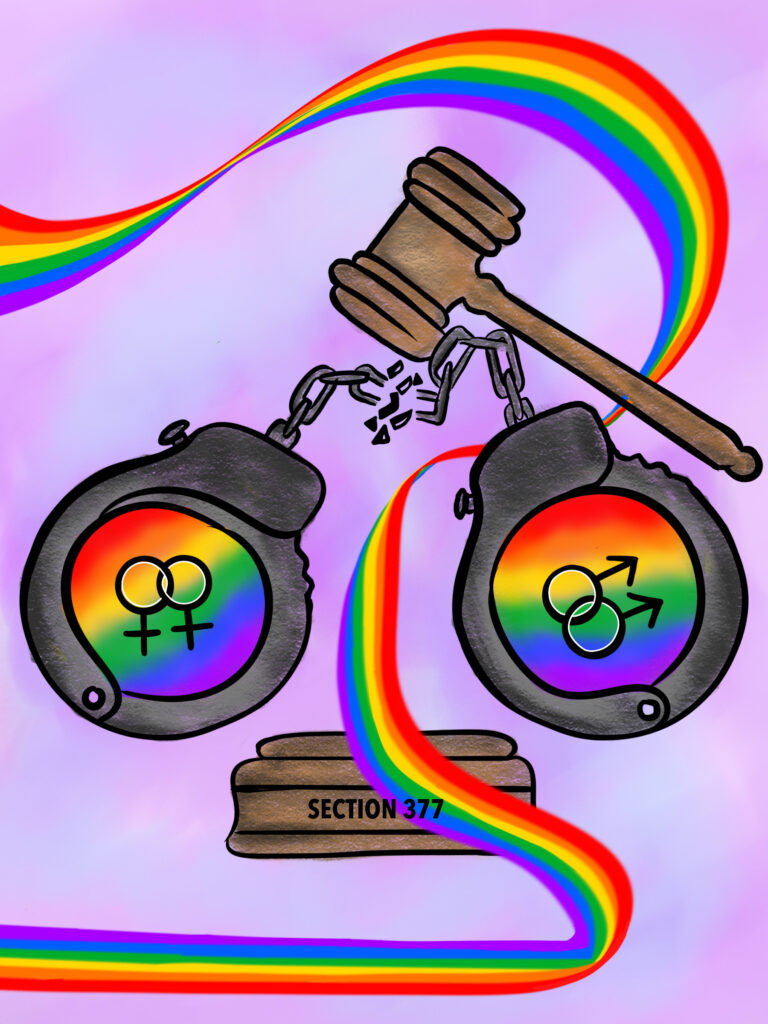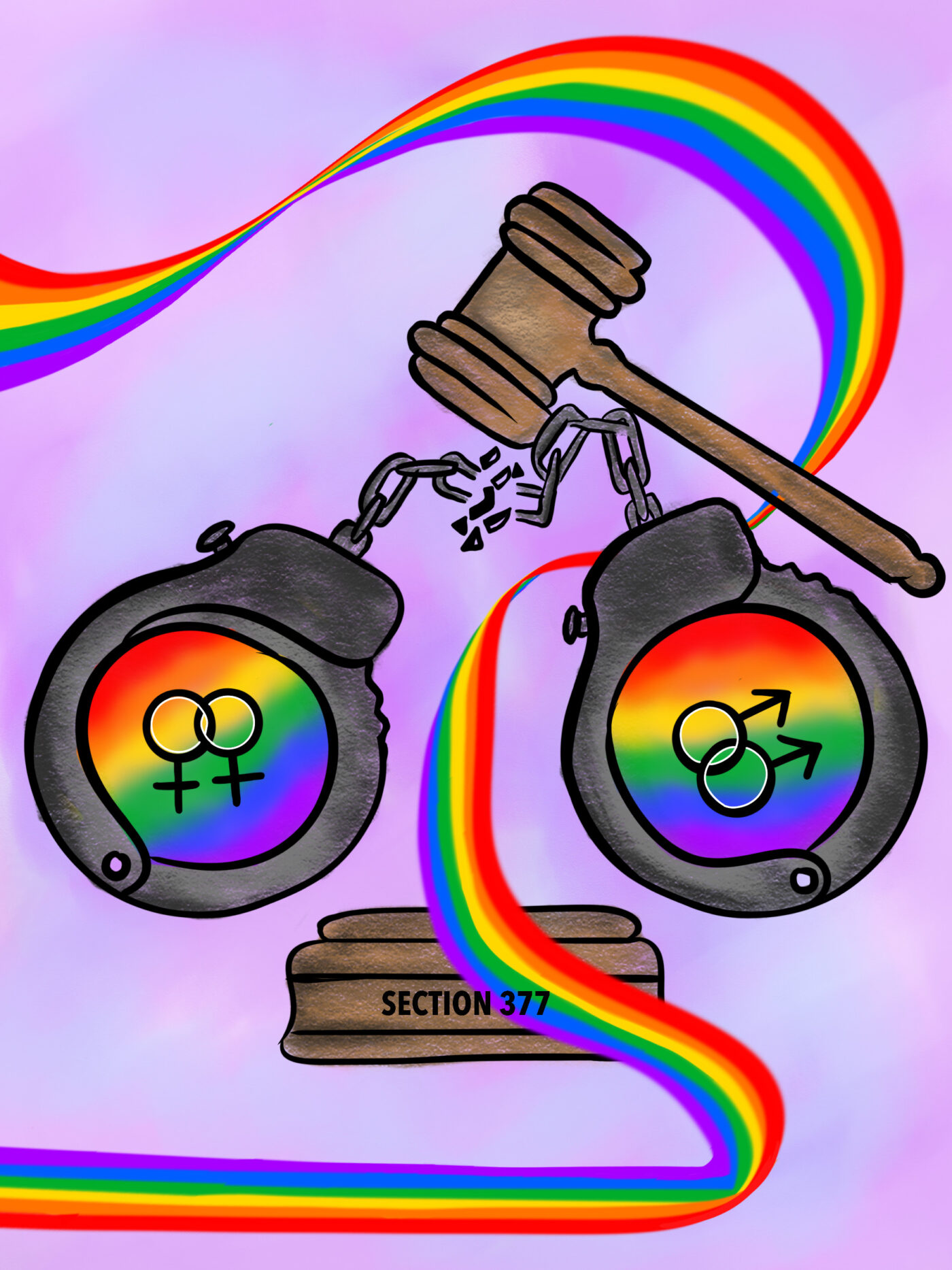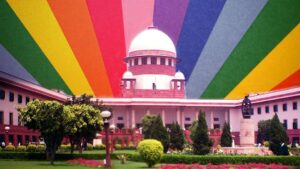
It was the 6th of September, 2018 when a groundbreaking verdict reinstilled the faith and rights for humanity that had been denied for years.
The day marked a very prominent milestone in the timeline of the struggle for justice, decriminalizing the 158-year-old colonial law that criminalized consensual gay sex. It is the Section 377 of the Indian Penal Code which refers to ‘unnatural offences’ and stated that, whoever voluntarily has carnal intercourse against the order of nature with any man, woman or animal, shall be punished with imprisonment for life, or with imprisonment of either description for a term which may extend to ten years, and shall also be liable to fine.
This triumph, however, was not achieved overnight. It was a 25+ year-long and hard battle that cannot be forgotten or ignored.
It all started in the latter part of 1991 when an organization named ABVA (AIDS Bhedbhav Virodhi Andolan), fighting discrimination against those affected by HIV or AIDS, released a 70-page report revealing the shocking extent of blackmail, extortion, violence against gay people and highlighted police brutality. It called for the repeal of Section 377.
A while after this, a controversy erupted after the inspector general of the Tihar Jail in Delhi refused to provide condoms for inmates as it would encourage homosexuality and refused to admit that inmates indulged in it. In response to this, ABVA filed a writ petition demanding that free condoms be provided and that Section 377 be recognized as unconstitutional. However, despite earnest efforts, the petition was dismissed in 2001.
Around the same time, a sexual health NGO working with gay men called the Naz Foundation filed a PIL in the Delhi High Court calling for the legalization of homosexuality, but it was also dismissed. After five years, in February 2006, the Supreme Court reinstated the Delhi High Court, citing that it was an issue of public interest. A few months from there, a coalition of NGOs, Voices Against 377, was formed, which joined the petition.
The nation saw a ray of light, and the long-fought combat felt worth it when in July of 2009, a Delhi High Court bench consisting of Chief Justice Ajit Prakash Shah and Justice S Muralidhar decided to abolish Section 377, saying it violates the fundamental rights to life, liberty, and equality as hallowed in the Indian Constitution.
Nevertheless, this judgment was met with severe criticism. Only after four years of their identities being legally recognized, the LGBTQIA+ community suffered a massive blow when the Supreme Court overturned the Delhi High Court judgment. It said that (Section 377) “does not suffer from the vice of unconstitutionality, and the declaration made by the division bench of the high court is legally unsustainable.”
It wasn’t until June 2016 when a group of 5 high-profile Indians, including Navtej Singh Johar, an award-winning Bharatanatyam dancer, filed a writ petition in the supreme court challenging Section 377. Following this, a five-judge bench of the Supreme Court, including the then Chief Justice of India Dipak Misra, began hearing on the same.
Finally, on the 6th of September 2018, justice was done. The Supreme Court decided to scrap Section 377, and Chief Justice Dipak Misra described the section as ”irrational, indefensible and manifestly arbitrary.”
The existence of more than 15% of India’s population, which falls under the LGBTQIA+ community, was validated that day. Their struggle against oppression had paid off and they were finally acknowledged by law.
Although we have reached a significant milestone in the road towards egalitarianism, we still look forward to the recognition of same-gender couples’ union by law, that is, the legalization of same-sex marriages. Hopefully, that day isn’t far when everyone, irrespective of their gender and sexual orientation, will be safeguarded with equal rights and opportunities and be treated as equals.
Written by Abhineet Kashyap for MTTN
Edited by Anushka Das for MTTN
Featured Image by Shivani Yadav for MTTN
Artwork by The Quint


Leave a Reply
You must be logged in to post a comment.